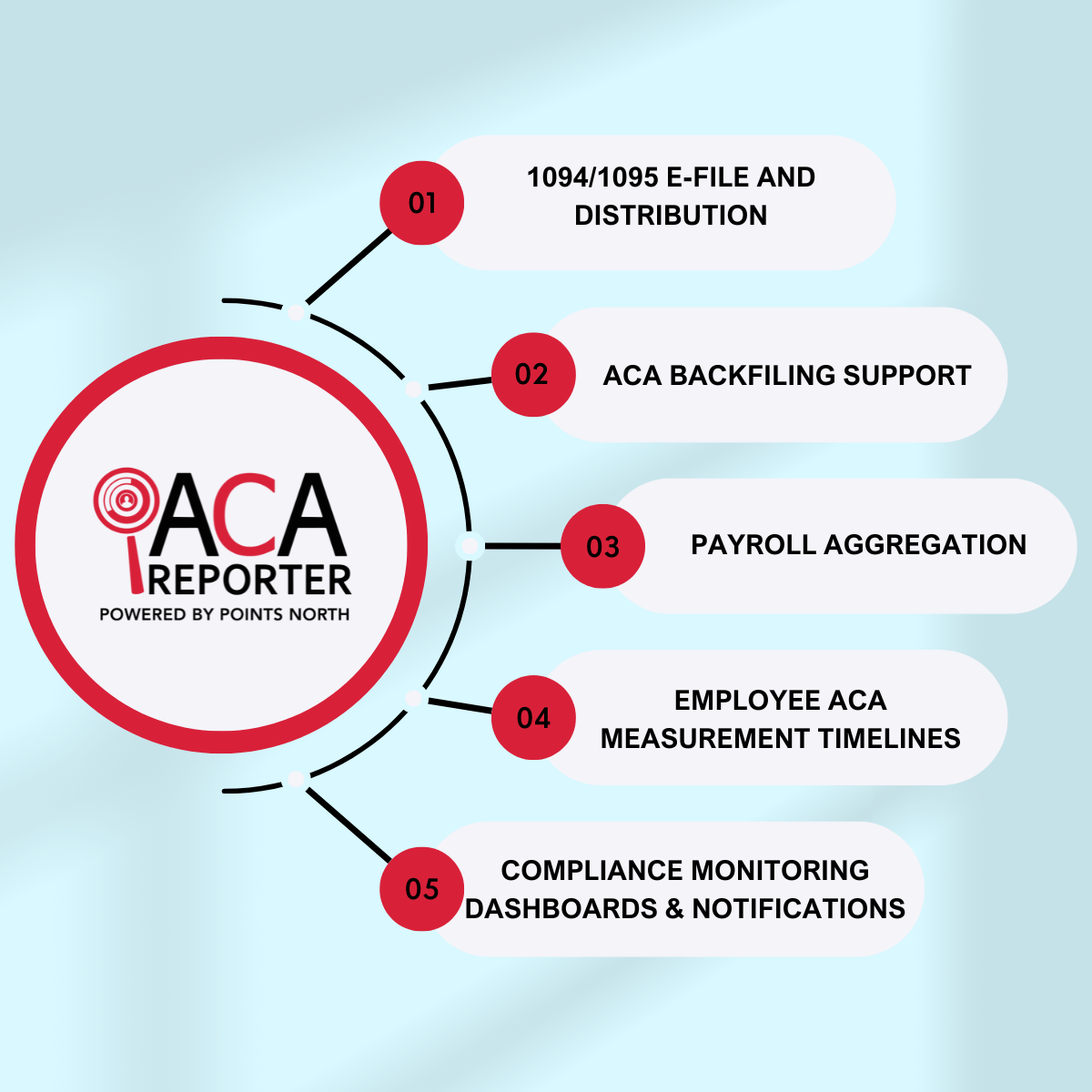Job costing is one of the most essential steps in any construction project. Without it, there is a chance that you will never get started and get your building built. This is a crucial step to take before starting your project. If you start without job costing, then you may have a hard time estimating your costs accurately.

A job costing evaluation is very important to get a clear idea of how much work you have to do and how much expenses you will incur.
What is job costing?
Job costing is the process of estimating the cost of a construction project. It allows to create a realistic estimate of costs. This is a very important step because as it will help spending money as efficiently as possible.
The article will give some useful tips on how to do job costing.
Construction business is flying blind if they don't accurately project their job cost.
Where to start?
Take the overall project and break it down into smaller, more specific tasks. This gives a clearer idea of what each job entails and what it will cost.
There are many different things that you need to calculate costs for.
Start with the main big phases like foundation then move down to more specific tasks.
When you have them, organize them under the main three costs.
- Labor Cost
- Material Cost
- Overhead Cost
Labor Cost:
Labor is the cost of a direct crew member working on the project Construction companies need to have an accurate estimate of what their direct labor costs are.
Here is the formula to determine this:
Cost of one Direct crew member X days of work to complete the project = 1 crew member Cost
Multiply it by the number of people working on the project to determine the direct labor cost.
Also, add the contractual-based labor cost required for specific jobs.
Materials Cost:
Materials are things that need to buy or order to build your building. The cost of materials should be estimated based on their usage.
There are 2 main types of materials:
- Direct materials
- indirect materials
Direct materials: Direct materials are the raw materials, such as concrete, bricks or wood, that are used to build a structure.
Indirect materials: Indirect materials are machinery, tools, and other things that help to build and strengthen the structure, Like nails, screws, drills, etc.
Leasing material, Material delivery charges, potential wastage costs also should be added into account.
Overhead Cost:
Overhead costs are the expenses that one's must do to run the project. Overhead costs can include things like rent, property taxes, insurance, licenses, utilities, taxes, permits, and accounting. In short administrative costs.
Tips for improving accuracy.
Job costing may seem like a very straightforward process. However, there are many mistakes that can be made when it comes to estimating job costs. You must be careful while estimating job costs to ensure that the final cost is accurate.
Software solutions:
If you have a software solution, then your cost estimation will be more accurate.
It helps in :
- Allows to estimate and bid faster
- Track expenses in real-time
As the project moves forward, the software can instantly compare actual costs to estimated costs
Regular review
It's important to review your cost reports regularly to stay on top of your project. This will help identifying which areas are bleeding money and where profits margins are good.
Keeping track of the whole job costing throughout the project helps identifying potential issues before they become full-blown problems. Knowing there is little profit margin at the end of the project can be a problem to deal with.
The Takeaway
Construction job costing is one of the most important aspects of any construction project. If you don't take this step, it's possible that you'll be on a course for disaster.






.png)